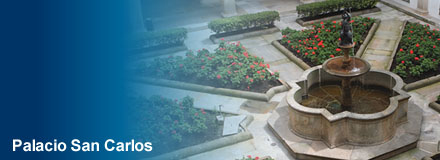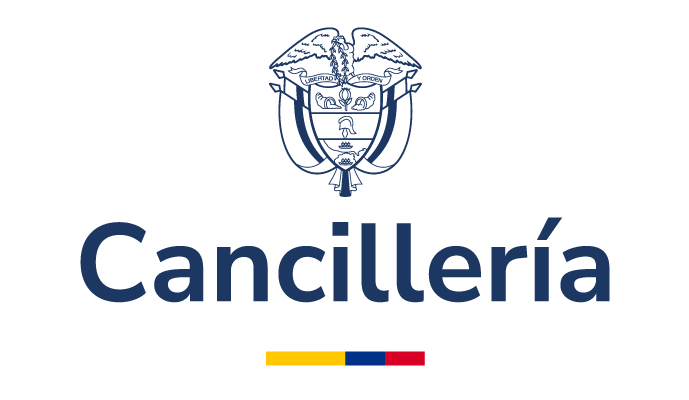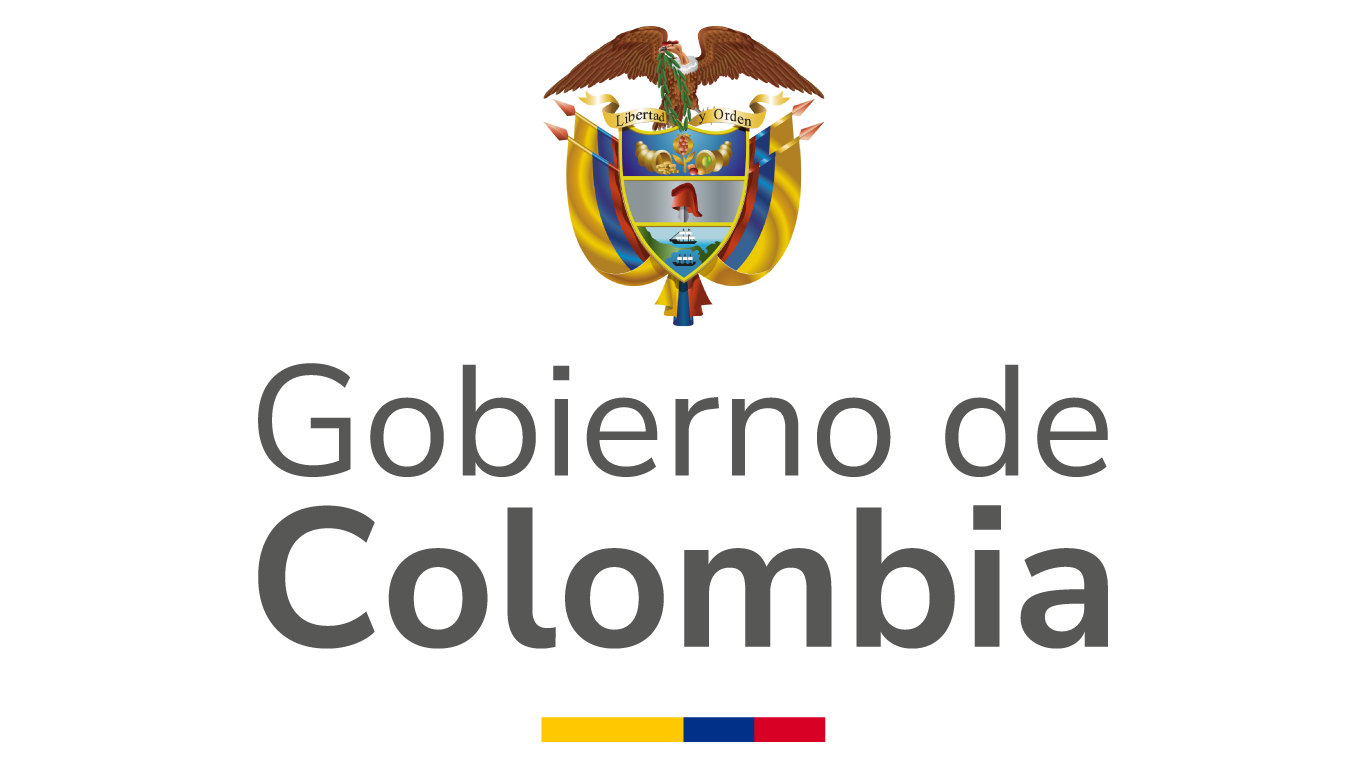
The history of the San Carlos Palace goes back to the end of the XVI century when Francisco Porras Mejía, Archdeacon of the Cathedral ordered its construction.
At that time Santafé was the Capital of the Nueva Granada Presidency and it was subordinated to the Peruvian Viceroyalty (1564 - 1718).
It was the home of aristocrat families until October 18, 1605 when the heirs of the Archdeacon sold it to the Archbishop of Santafé, fray Bartolomé Lobo Guerrero, when it became the headquarters of the San Bartolomé Seminar School, founded by him. Likewise, in 1739, the first printing press that operated in Santafé was installed there.
The seminar remained until 1767, when King Charles III ordered to expel the Jesuits from the Spanish possessions in America. This event gave origin to the San Carlos name, probably to honor the great saint of Milan Carlos Borromeo, or to make reference to the Spanish monarch.
As of January 7, 1777 it became the first location of the Santafé Public Library; it even was the first location of the Presidential Guard Battalion.
Subsequently, when Independence was just gained, the finances of the Nation were strained and General Santander, through Decree issued on March 12, 1822, authorized the sale of the San Carlos Palace.
On November 16, 1827 the Capital of the Republic was hit by a strong earthquake that seriously affected the structures of churches, convents, and the then Presidential Palace that was located on the frame of the main plaza, where the Capitol is today.
The President and Liberator Simón Bolívar saw in the San Carlos Palace the most fitting building to transfer the seat of government of "La Gran Colombia" and authorized its purchase, so on February 22, 1828 it was purchased for 70 thousand pesos.
The Palace, as of July 10, 1908 became the headquarters of the Chancellery.
Towards 1937 the premises adjacent to the San Carlos Palace on the eastern side were purchased by the government to build the main entrance on calle 10 and an architectural project was prepared "consisting in leaving the current part for receptions and building a 3-story building to install the Ministry’s offices. This work was entrusted to the Italian architect Pietro Cantini, since he had just finished building the Colon Theater in commemoration of the fourth centennial of the discovery of America.
The new facade of the Palace at the Coliseum Street (calle 10) was incorporated forming a historical assembly with the house where poet Rafael Pombo was born, and with the Colon Theater and the Colonial Home which today is the seat of the San Carlos Diplomatic Academy, built towards 1790 by attorney and officer of the Nueva Granada Viceroyalty, Enrique Umaña.
Through Decree number 1584 dated August 11/1975 the San Carlos Palace was declared National Monument together with other historic public buildings, such as the National Astronomic Observatory, the National Capitol, and the Mint.
On December 4, 1981 the San Carlos Palace became again the seat of Colombian diplomacy.
Finally, on December 23, 1993 the Ministry of Foreign Affairs officially received from the National Real Estate Fund the building adjacent to the San Carlos Palace










